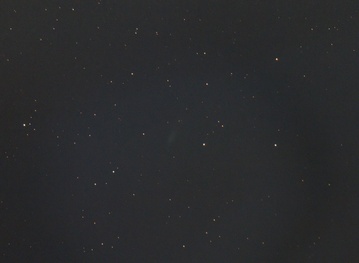Welcome to COBS!
Comet Observation database (COBS) saw first light in 2010 and is maintained by Crni Vrh Observatory. It is a free and unique service for comet observers worldwide which allows submission, display and analysis of comet data in a single location.
Amateur astronomers can make valuable contributions to comet science by observing comets and submitting their observations to COBS as professional astronomers typically do not have telescope time required to acquire regular observations. We therefore encourage comet observers worldwide to submit their observations and contribute to the COBS database.
Registered observers may submit observations using a web based form which stores the observations in an SQL database and stores them in ICQ format. Observations may be queried and plotted in the website or exported for further processing, analysis and publication. The database currently contains more than 290500 comet observations of more than 1670 different comets and represents the largest available database of comet observations.
The data stored in COBS is freely available to everyone who honors our data usage policy. Please cite COBS as the reference if you use it for comet studies.
Latest image
Image of comet C/2025 F2 (SWAN), obtained on 2025 Apr. 27 (19h37-19h43UT) with 15-cm, f/6 Maksutov-Cassegrain camera and Canon EOS 6D. Exposure time was 9x30 seconds at ISO 3200. Comet appears to have disintegrated before perihelion. The image shows only a faint cloud of debris without a core. I managed to capture it through cirrus clouds, when it was only about 5 degrees above the horizon. Image scale is 3.0 arc sec/pixel. Copyright © 2025 by H. Mikuz, Crni Vrh Observatory.
Comets visible today at Crni Vrh Observatory
| Comet | Mag | T | Source | Best time | Const | Obs | Chart | Comet PK | Comet MPC | Type | MPC name |
|---|
Location: Crni Vrh Observatory
Latitude: 45.94583; longitude: 14.07111; elevation: 726.0
Limiting mag: 15; Min altitude: 0; Min solar elong: 0; Min moon elong: 0
All times are in UTCComet finding charts provided by Dominic Ford: https://in-the-sky.org/
Lightcurve of comet C/2024 E1 (Wierzchos)
Recent observations
| Type | Comet | Obs date | Meth | Mag | T | App | P | Dia | DC | Tail | Tail unit | PA | User | Pk |
|---|
Latest news
Tycho Tracker: A comperhensive all‐in‐one tool for Comet photometry
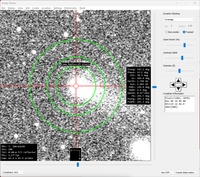
In the latest issue of The Comet's Tail, the British Astronomical Association (BAA) highlights "Tycho Tracker: A Comprehensive All-in-One Tool for Comet Photometry," an article detailing a significant advancement in comet observation technology. Tycho Tracker emerges as a powerful software solution, streamlining the process of comet photometry for both amateur and professional astronomers.
More in recent issue of The Comet's Tale: https://britastro.org/wp-content/uploads/2015/11/tail43.pdf
Good News and bad News about Comet Atlas
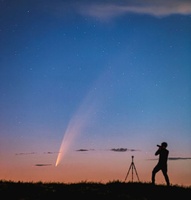
Astrophysicists reveal structure of 74 exocomet belts orbiting nearby stars in landmark survey
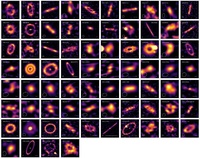
Astrophysicists led by a team from Trinity College Dublin have -- for the first time -- imaged a large number of exocomet belts around nearby stars, and the tiny pebbles within them. The crystal-clear images show light being emitted from these millimetre-sized pebbles within the belts that orbit 74 nearby stars of a wide variety of ages -- from those that are just emerging from birth to those in more mature systems like our own Solar System.
Sungrazing comet at dawn

Philae’s extraordinary comet landing relived
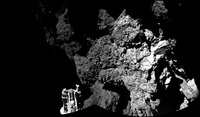
On 12 November 2014, after a ten year journey through the Solar System and over 500 million kilometres from home, Rosetta’s lander Philae made space exploration history by touching down on a comet for the first time. On the occasion of the tenth anniversary of this extraordinary feat, we celebrate Philae’s impressive achievements at Comet 67P/Churyumov-Gerasimenko.
